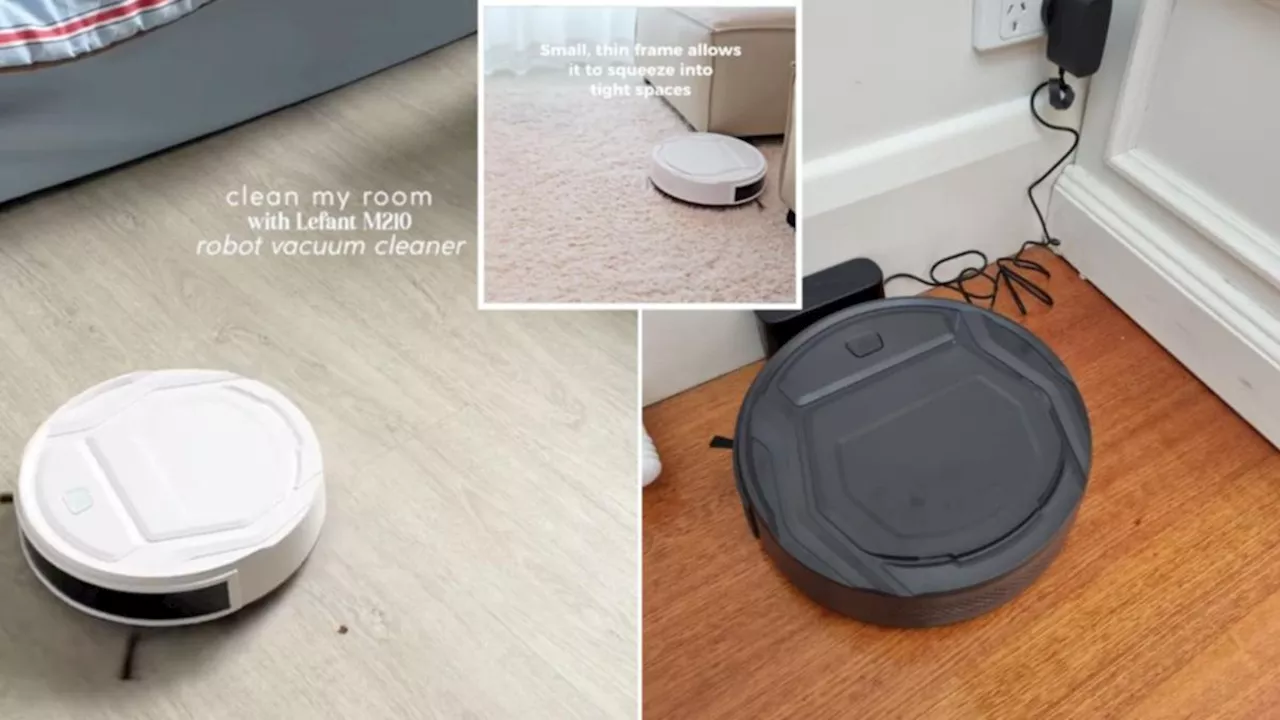This article explores the frustrating experience of being instantly rejected by a company's automated application system. The author recounts their own experience and delves into the potential reasons behind such swift rejections, arguing that while automation plays a role, it is ultimately human error that leads to these impersonal dismissals.
I recently found a job posting online that truly excited me. It seemed like the perfect fit, and I poured my heart and soul into crafting my application. I meticulously reviewed every detail over several days, ensuring it was flawless. I hit send, hopeful for a response within a week or two. To my utter astonishment, I received an email just 10 minutes later. It was a generic rejection.
Initially, I thought I'd made a mistake, rereading the email to confirm it wasn't intended for another company. But no, it was from the very company I had just applied to. My heart sank. While the initial disappointment was crushing, it quickly morphed into something akin to angry curiosity. How could an organization reject someone without even glancing at their application? It felt like being dismissed in the blink of an eye, not by a cold, calculating machine, but by the sheer incompetence of the person operating it.There are several possible explanations for this swift rejection. Perhaps the most obvious are missing qualifications or work authorization issues, but I'm willing to assume those didn't apply in this case. It's also unlikely the recruiter skimmed through my application and promptly rejected me due to a glaring error or professional deficiency. The most plausible scenario, in my mind, is that I was caught in the web of an automated system. Recruitment processes often utilize these systems to manage the overwhelming task of sorting and categorizing hundreds of applications. These systems can take many forms, ranging from simple keyword filters to complex AI-powered algorithms.If this is the case, it's tempting to blame a robot for my rejection. And in a sense, we are dealing with a form of automation. I spoke to an HR professional who shared that some software uses AI to generate a job match score for each candidate, which is then presented to a human hiring manager. However, these scores were described as unreliable and should not be used as the sole basis for decision-making, despite many recruiters falling into this trap. While I can't definitively say that this is what happened to me, it's a strong possibility. My application likely bypassed human eyes and was immediately funneled into an automated system. This system, whether by default or due to human intervention, employed a set of rigid parameters that reduced my application to a mere data point. Perhaps a missing keyword, or a misalignment with a specific criteria, triggered the instant rejection. Whatever the reason, this automated process, intended to streamline recruitment, instead behaved like a poorly designed sieve, discarding worthy applications based on superficial factors.In essence, I believe the company made a significant error. Immediately rejecting a qualified, enthusiastic, and dedicated applicant signals a serious flaw in their hiring process. While it's tempting to blame a robot for this impersonal rejection, it's more likely a case of human error. The company, through its reliance on automated systems and inadequate oversight, failed to recognize my potential and dismissed my efforts without giving them proper consideration. My anger is justified. I deserved better than to be treated as a mere data point, my excitement and hard work disregarded by a system that prioritized efficiency over human connection.
Automated Systems Job Applications Rejection Human Error Recruitment Process
Australia Latest News, Australia Headlines
Similar News:You can also read news stories similar to this one that we have collected from other news sources.
 The Robot Rejection: When Automation Fails in HiringThis article explores the author's experience with an instant rejection from a job application, suspecting an automated system to be responsible. It discusses the potential pitfalls of relying too heavily on technology in recruitment and emphasizes the importance of human judgment and empathy in the hiring process.
The Robot Rejection: When Automation Fails in HiringThis article explores the author's experience with an instant rejection from a job application, suspecting an automated system to be responsible. It discusses the potential pitfalls of relying too heavily on technology in recruitment and emphasizes the importance of human judgment and empathy in the hiring process.
Read more »
 Hitting 'Unsubscribe' on 2025: A Rejection of Constant StrivingA personal reflection on the societal pressure to constantly strive for more, drawing parallels to the over-stimulated state of a captive chimpanzee. The author questions the pointlessness of 'self-care' as a bandaid solution and announces a decision to reject the relentless pursuit of 'better' in the coming year.
Hitting 'Unsubscribe' on 2025: A Rejection of Constant StrivingA personal reflection on the societal pressure to constantly strive for more, drawing parallels to the over-stimulated state of a captive chimpanzee. The author questions the pointlessness of 'self-care' as a bandaid solution and announces a decision to reject the relentless pursuit of 'better' in the coming year.
Read more »
 Lefant M210 Pro Robot Vacuum Cleaner: Powerful Cleaning at an Unbeatable PriceThe Lefant M210 Pro Robot Vacuum Cleaner offers a unique combination of powerful cleaning, advanced features, and affordability, making it an ideal choice for any home.
Lefant M210 Pro Robot Vacuum Cleaner: Powerful Cleaning at an Unbeatable PriceThe Lefant M210 Pro Robot Vacuum Cleaner offers a unique combination of powerful cleaning, advanced features, and affordability, making it an ideal choice for any home.
Read more »
 Ex-Employee Alleges 'Robot-Like' Surveillance at Services AustraliaA former Services Australia employee has spoken out against a software system that tracks employees' every minute, leading to concerns about micromanagement and dehumanization. Ray Dalli claims the software monitored his toilet breaks, phone calls, and refreshment periods, creating a stressful and oppressive work environment.
Ex-Employee Alleges 'Robot-Like' Surveillance at Services AustraliaA former Services Australia employee has spoken out against a software system that tracks employees' every minute, leading to concerns about micromanagement and dehumanization. Ray Dalli claims the software monitored his toilet breaks, phone calls, and refreshment periods, creating a stressful and oppressive work environment.
Read more »
 Lefant M210 Pro Robot Vacuum Cleaner: Powerful Cleaning at an Unbeatable PriceThe Lefant M210 Pro Robot Vacuum Cleaner offers a range of smart technologies and versatile cleaning modes for an effective and hassle-free cleaning experience.
Lefant M210 Pro Robot Vacuum Cleaner: Powerful Cleaning at an Unbeatable PriceThe Lefant M210 Pro Robot Vacuum Cleaner offers a range of smart technologies and versatile cleaning modes for an effective and hassle-free cleaning experience.
Read more »
 Former Services Australia Employee Says Work Became 'Robot-Like' After Software Tracked Every MinuteRay Dalli, a former employee at Services Australia, alleges that new software designed to track and measure employee time became oppressive. Dalli says the software, which tracked everything from phone calls to toilet breaks, made him feel like a 'robot' and caused him significant stress. He says he even considered documenting his toilet visits to avoid being reprimanded for exceeding allotted break times.
Former Services Australia Employee Says Work Became 'Robot-Like' After Software Tracked Every MinuteRay Dalli, a former employee at Services Australia, alleges that new software designed to track and measure employee time became oppressive. Dalli says the software, which tracked everything from phone calls to toilet breaks, made him feel like a 'robot' and caused him significant stress. He says he even considered documenting his toilet visits to avoid being reprimanded for exceeding allotted break times.
Read more »
